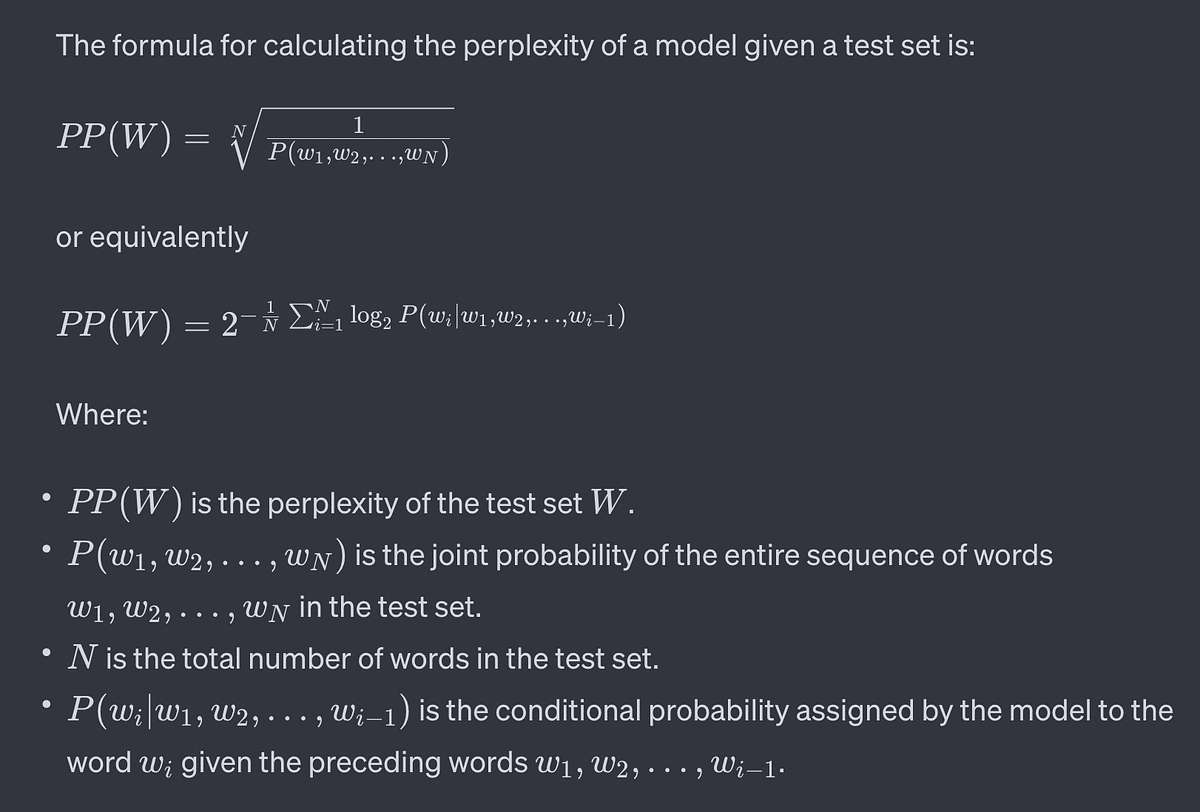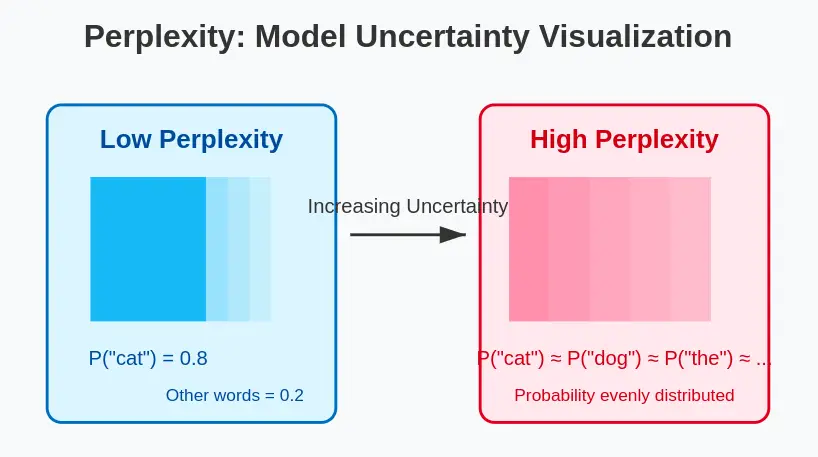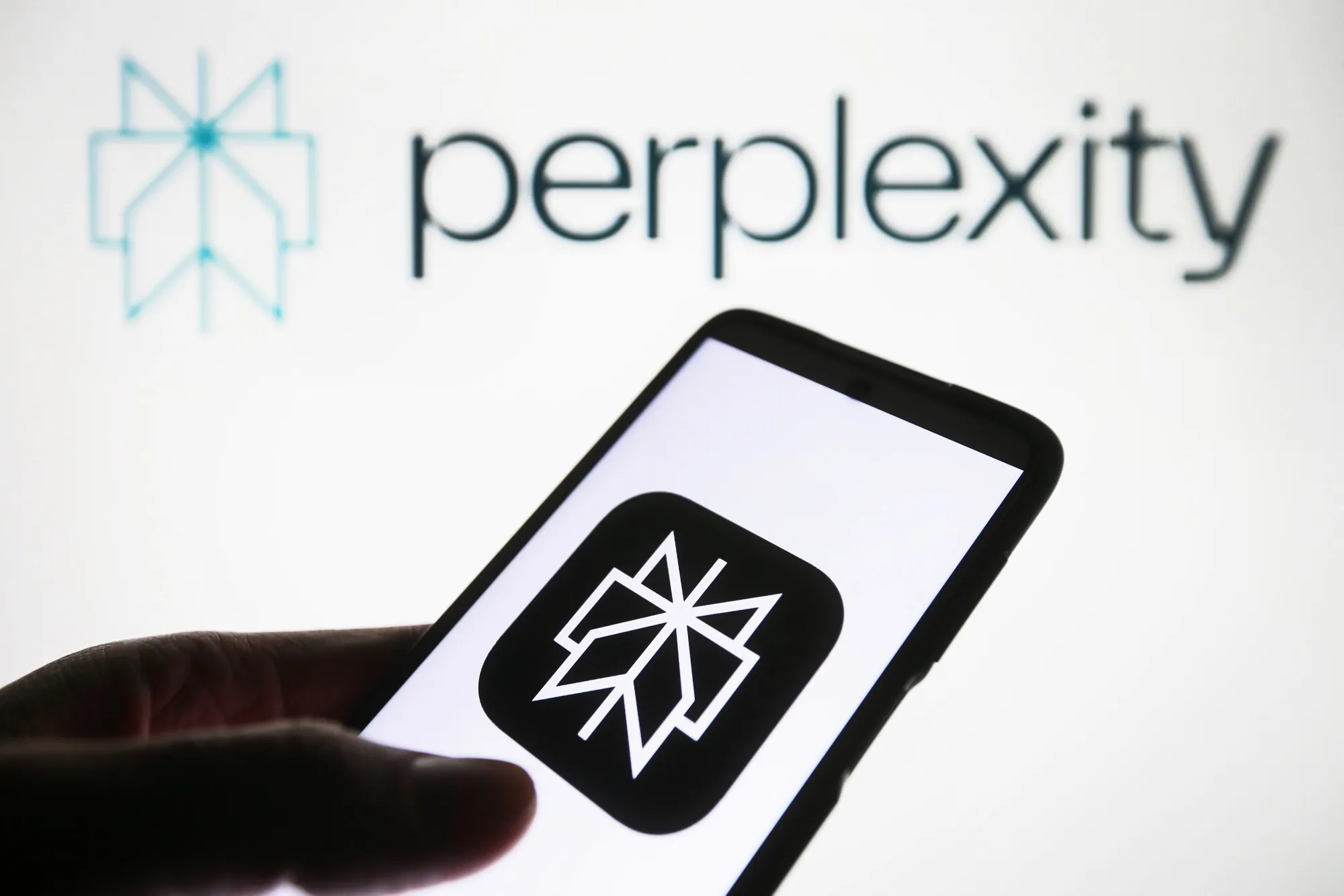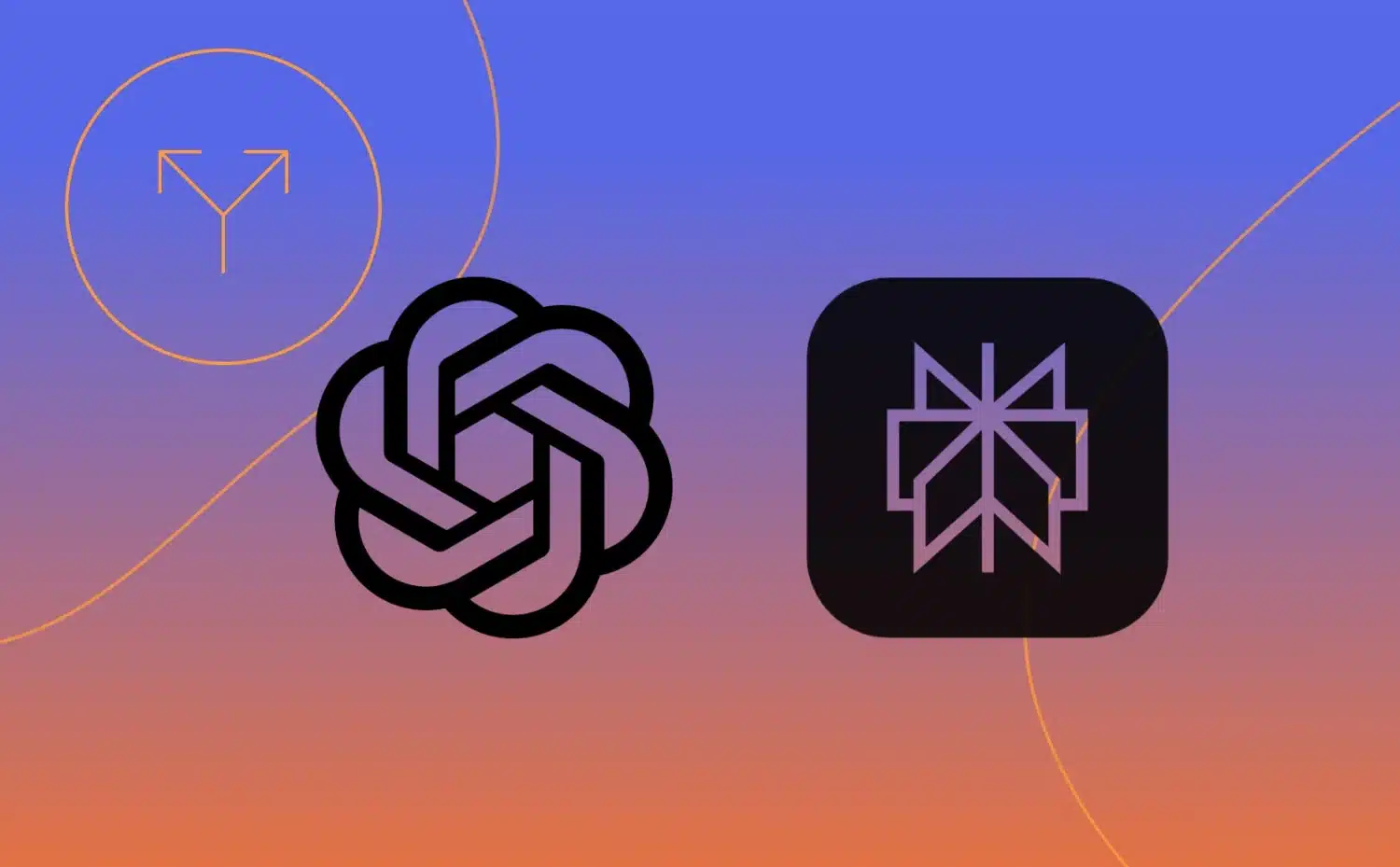This year, we are not going to miss it – Perplexity AI is asserting itself as a leading conversational engine, offering accurate, substantiated and documented answers. Halfway between a personal assistant and a traditional search engine, it transcends the simple enumeration of links to provide a synthesis of the most relevant information on the web in response to users’ questions.
This evolution in access to information is leading to a revolution in visibility strategies: it is no longer enough to be well positioned in the results of conventional search engines; Now, it is crucial to be recognized as a reliable and concise source by these advanced artificial intelligences.
For companies, media, institutions and content creators of all kinds… This implies a profound questioning of the structuring, writing and markup of their web pages. The challenge is no longer just to attract traffic but rather to be selected as a reference by these AI systems – with explicit mention of the source domain.
So, to stand out on Perplexity:
- It’s essential to offer original content… clearly structured… unambiguous;
- The integration of structured data (such as that offered by Schema.org) is becoming essential to improve semantic understanding;
- Credibility needs to be enhanced through a variety of means: detailed author biographies; qualitative backlinks; presence on specialized networks…
- Regular updating of the content is essential in order to demonstrate the relevance and timeliness of the information;
- Finally… Developing an influential presence on community platforms scrutinized by language models (LLMs) is crucial.
From this perspective, gaining visibility on Perplexity is not just a simple positioning game; it means adopting a global strategy that relies on semantic authority within the new world of conversational intelligence.
So, this visibility requires a good understanding of how Perplexity technically works.
How to be visible on Perplexity?
1. Understand how Perplexity AI works
Perplexity AI is not a traditional search engine. It is based on an LLM (Large Language Model) model that analyzes web content to generate synthetic responses to complex queries. He cites his sources and relies on clear, well-structured and authoritative pages. Unlike Google, which returns a list of results, Perplexity aims to answer directly, while mentioning the sites used.
Example : When a user asks “How do I calculate straight-line depreciation?”, Perplexity may display an explanatory paragraph from an accounting blog, followed by a link to the original page.
The goal of SEO Perplexity:
- Be extracted in a synthetic answer
- Be cited as a source (with visible link)
- Be preferred over other equivalent content
Now, the level of perplexity is one of the indicators used to assess the comprehensibility of a text by an AI. The more predictable, clear, and conform to the expected natural language of content, the lower its perplexity, which encourages its reuse.
Perplexity is calculated according to a formula that takes into account the probability of a sequence of words appearing. Mathematically, it measures the extent to which a language model is surprised by a sequence of words. The less surprised the model, the higher the probability, and the lower the perplexity:
This means that to maximize the chances of being picked up by Perplexity, you need to produce content:
- semantically coherent;
- conforms to a logic of natural language (simple sentences, subject-verb-complement, moderate use of passive forms);
- Tailored to conversational context and user intent.
From this perspective, visibility on Perplexity is not just a positioning issue: it is a strategy of semantic authority in the era of conversational intelligence, where algorithmic readability meets human clarity.

2. Technical architecture: accessibility and crawlability
Full HTML and Server-Side Rendering (SSR)
The content must be viewable without JavaScript running. Unlike Google, which renders content via Chrome Headless, Perplexity (via its crawlers or Common Crawl) only sees what is directly in the initial HTML.
Example : A React site in Client Side Rendering (CSR) mode without SSR fallback will be ignored because its content does not appear in the raw code.
Convenient Verification
- Inspect your HTML with the tool
curlor by disabling JavaScript in your browser. - Critical content (headings, paragraphs, tables) should appear from the initial HTTP request.
Robots.txt and Sitemaps
- Allow all AI agents (User-agent: *)
- Don’t forbid strategic paths
- Provide an up-to-date and well-structured file
sitemap.xml
3. Editorial structuring: thinking about AI extraction
Hierarchical Semantic Titles
- Only
H1one per page - Des
H2,H3,H4to break down ideas - Logical structure, without unexpected jumps
Q&A (Q&A) format
Perplexity frequently reproduces excerpts of the FAQ or how-to type. So favor this format in your articles.
An example?
How does an air exchanger work?
An air exchanger extracts stale air from a building while blowing in fresh air, maintaining thermal balance through a cross-ventilation system.
Short paragraphs, lists and tables
- Favor sentences of 20 to 30 words.
- Use bulleted lists for steps or characteristics.
- Present the comparisons in tabular form.
Therefore
| Calculation | Ease of application | Recommended for |
|---|---|---|
| Linear | High | Fixed assets |
| Decreasing | Average | IT Hardware |
Summary at the top of the page
Start each page with one or two summary sentences that clearly explain the overall content of the article.

4. Schema.org implementation in JSON-LD
AIs rely on structured metadata to better understand the nature of pages. This makes it easier to include them in responses. We talked about it in detail here!
Recommended Types
ArticleFAQPageHowToPerson(for the author)BreadcrumbList
Simplified JSON-LD example:
{
"@context": "https://schema.org",
"@type": "FAQPage",
"mainEntity": [{
"@type": "Question",
"name": "Comment fonctionne un échangeur d’air ?",
"acceptedAnswer": {
"@type": "Answer",
"text": "Un échangeur d’air extrait l’air vicié..."
}
}]
}5. Content quality: readability, authority, freshness
Clarity of writing
- Avoid excessive jargon.
- Explain the concepts with examples.
- Introduce each section with a key idea.
Example :
“A fixed-rate loan remains the same throughout the repayment period, which makes it easier to manage the monthly budget.”
Originality and differentiation
- Integrate internal data, infographics or case studies
- Give a unique angle (e.g., expert testimony, field feedback)
Visible update
- Display the last revision date at the top or bottom of the page
- Update your feature articles every 6-12 months
Valuation of expertise
- Author bio with LinkedIn link
- Mentions on other platforms (Reddit, Medium, Quora)
- Links to Recognized Publications

6. Technical performance and UX
Speed and mobile-first
- Aim for a PageSpeed > 80 on mobile
- Optimize images (WebP or AVIF)
- Implement lazy loading without delaying key content
HTTPS and security
- Site in HTTPS, with valid SSL certificate
- Remove mixed content (HTTP resources in HTTPS pages)
Smooth navigation
- Logical internal links
- Well-marked breadcrumbs (
BreadcrumbListin Schema.org)
7. User Engagement and Behavioral Signals
Perplexity is not only about content: it also values indirect behavioral signals via the sources it favors.
Key indicators
- Low bounce rate
- Average > reading time 1 min
- High CTR in the excerpts cited
Best practices
- Add lightweight explanatory images
- Offer short instructional videos (< 2 min)
- Integrate interactive elements (quiz, simulator, smart form)
8. Presence in training corpora
Perplexity is trained partially on Common Crawl, but also on public content platforms.
Useful Platforms
- Reddit : Post in specialized subreddits (e.g. r/immobilierQC, r/entrepreneuriat)
- Quora : Answer questions by linking to your content
- Medium : Republish expert articles with links to your site
- LinkedIn : Feed your author profile
Objective
Generate an expert digital footprint in order to be included in the training corpora and in the results of Perplexity.
SEO Perplexity AI Technical Summary Table
| Technical | Requirements / Best Practices | Why it’s crucial for Perplexity |
| HTML / SSR | Visible content without JS, server-side rendering, up-to-date | Allows full AI reading, ensures indexing |
| Txt | No blocking, allow all AI | Prevents content from being ignored in AI results |
| Semantic structure Hn | Headings H1, H2, H3 defining each section | Makes it easy to extract accurate answers |
| Q&A | Clear questions + short answers, FAQ | Matches the native style of Perplexity responses |
| Schema | JSON-LD: Article, FAQPage, HowTo, Person | Helps AI understand the nature and value of content |
| Clarity and conciseness | Short sentences, natural vocabulary, summary at the top | Improves readability and automatic extraction |
| Originality / expertise | Concrete cases, clean data, unique | Promotes citation and referent source position |
| Visible | Last modified date clearly | Signals freshness and reliability to AI |
| Web | Mobile-first, PageSpeed > 80, HTTPS | UX impact and perceived relevance |
| Internal | Logical links between pages, smooth | Promotes global thematic understanding |
| AI | Content posted on Reddit, Quora, Medium, specialized | Increases the chances of integration into AI datasets |
| Engagement | Time spent, multimedia content, interactivity | Builds Indirect Behavioral Authority |
Structural rigor for AI visibility
Being visible on Perplexity does not depend on chance, but on a technically clean, editorially clear and contextually relevant content strategy. Each page should be conceived as a piece of knowledge to be read by an AI, summarised unambiguously, and then shared with the user with explicit quotation. For Quebec companies or specialized publishers, Perplexity is an opportunity to be seized to distribute quality content in modern cognitive workflows.
With a GEO strategy dedicated to Perplexity, you no longer just aim for the first page: you become a direct answer, a trusted source, a semantic reference.
For enterprises and content publishers
Which Schema.org tags are essential for Perplexity?
Schema.org tags play a fundamental role in how Perplexity identifies, understands, and reuses content. Unlike a simple text reading, Perplexity analyzes the semantic structures of the page to determine the type of information it contains. Here are the most relevant tags:
Article: For any informative or editorial content. Add the propertiesauthor,datePublished, ,headlinedateModified, andmainEntityOfPage.FAQPage: Ideal for pages structured in question and answer. This allows Perplexity to easily extract answers that match natural queries.HowTo: To describe processes, tutorials, or how-to. Includes the propertiesstep,tool, ,supply,estimatedTime, etc.BreadcrumbList: To indicate the navigation structure and reinforce the context of each page.Person: Associated with the author. Add a bio, URL, or LinkedIn link to boost perceived authority.
Why is this crucial? Structured data makes it easy to extract and automatically understand content. They allow AIs like Perplexity to reuse your information accurately, quoting you explicitly.
How do I format an article in Q&A mode?
The question/answer (Q&A) format is natural for LLM models because it corresponds to natural language user behavior. Structuring an article in this way makes it easier to be included in the responses generated.
Recommended structure:
- Synthetic introduction : one or two sentences that situate the subject.
- List of common questions (H2 or H3) stated verbatim.
- Short, direct answers (3-5 lines) below each question.
- Enriching additions : examples, tables, lists, diagrams.
- Conclusion with additional resources.
Example :
What are the benefits of email marketing?
Email marketing is an effective lever for maintaining customer relations at a lower cost. It helps personalize messages, analyze performance, and drive qualified traffic to a website.
How often is best updated for expertise pages?
The perceived freshness of content is one of the essential criteria for its citation by AIs. Outdated content, even well-written, will be marginalized. For Perplexity, it is therefore vital to update your content regularly.
Recommended frequencies:
- Pillar / strategic pages : every 4 to 6 months.
- How-to guides/tutorials : at least once a year.
- News blog posts : during each major event or change.
Tips:
- Add a “Last updated” field above the content.
- List the changes (“Update: addition of Bill 25 in May 2025”).
- Refresh sources, stats, and screenshots.

What is the real impact of content published on Reddit or Quora in the SEO LLM?
Community platforms like Reddit or Quora are regularly included in LLMs’ training datasets , including those used by Perplexity.
What for?
- These platforms offer qualitative content, focused on answering a question.
- Interactions (votes, shares) signal the pedagogical or referential value of a message.
Effect on SEO Perplexity:
- If your brand or expert is involved in these platforms, your content is more likely to be included in the corpus.
- A good answer on Reddit, citing a page on your site, can cause Perplexity to choose that link as its direct source.
Best practices:
- Don’t spam. Deliver real value.
- Include your name, job title, link to more complete content.
- Prefer long, structured answers.
Example : A civil lawyer working on r/CanadaLegal or a doctor on r/SanteQuébec can position his content as a source of authority on Perplexity
Perplexity isn’t just looking for content: it’s looking for the best content possible, when it’s useful, on a given topic. Creating this content is already dominating the cognitive space of tomorrow.



